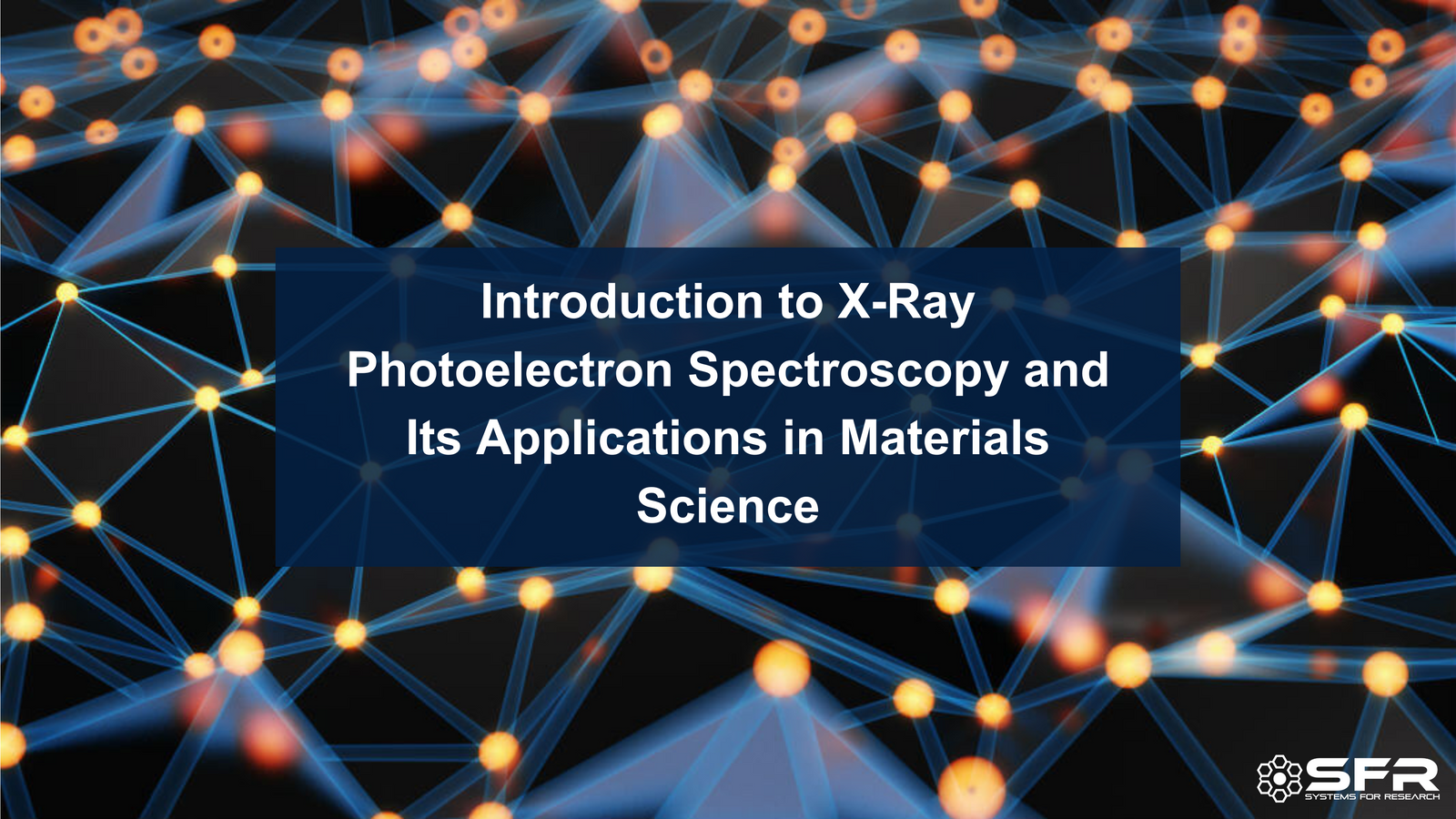Your Cart is Empty
X-Ray Photoelectron Spectroscopy (XPS), also known as Electron Spectroscopy for Chemical Analysis (ESCA), is a premier surface analysis technique widely employed in materials science. XPS allows researchers to delve into the surface composition, chemical states, and electronic states of elements within materials, providing invaluable insights that drive innovation and understanding in various scientific fields.
XPS is based on the photoelectric effect, a phenomenon first explained by Albert Einstein in 1905. When a material is irradiated with X-rays, it emits electrons from its surface. These emitted electrons, known as photoelectrons, carry kinetic energy that can be measured. The kinetic energy of these photoelectrons is directly related to their binding energy in the material, which is characteristic of specific elements and their chemical states.
An XPS system typically consists of three main components: an X-ray source, an electron energy analyzer, and an ultra-high vacuum (UHV) chamber. The process begins with placing the sample in the UHV chamber to prevent any interference from air molecules.
XPS has become an essential tool in materials science due to its ability to provide detailed surface chemical information. Some key applications include:
XPS offers several advantages including it's ability to analyze the top 1-10 nm of a material's surface. As a technique, it provides precise elemental and chemical state information while causing minimal damage to the sample surface.
However, XPS has limitations as well. To begin with, all samples must be analyzed under ultra-high vacuum conditions. When it comes to the surface, it primarily provides information about the surface layer only, which may not represent the bulk material. We can not forget, using XPS requires expertise to accurately interpret the spectra.
X-Ray Photoelectron Spectroscopy is a powerful tool in the arsenal of materials scientists. Its ability to provide detailed, quantitative surface chemical information makes it indispensable for the development and analysis of new materials. Despite its limitations, ongoing advancements in XPS technology and data interpretation techniques continue to expand its capabilities and applications, solidifying its role as a cornerstone of surface analysis in materials science.
Whether you are developing cutting-edge thin films, exploring the properties of nanomaterials, or studying catalytic processes, XPS offers the detailed insights needed to advance your research and innovations.
